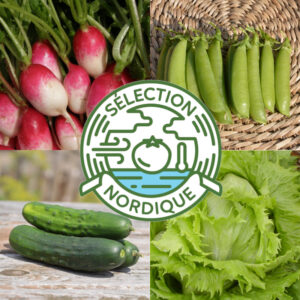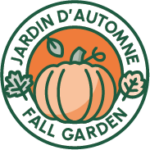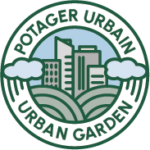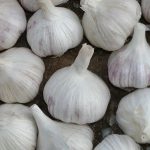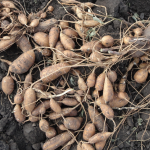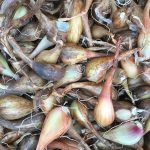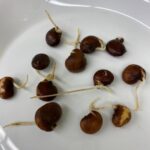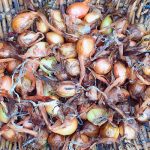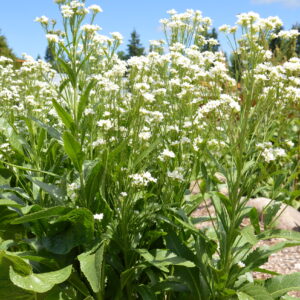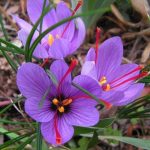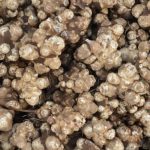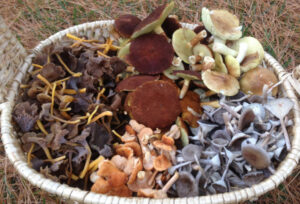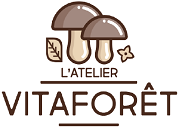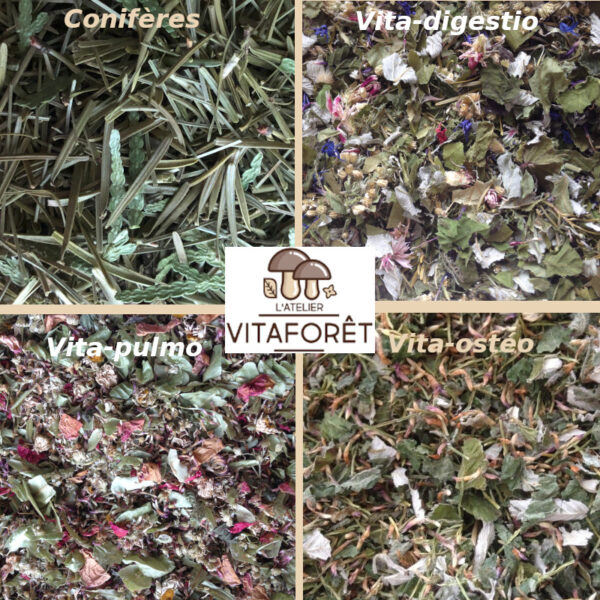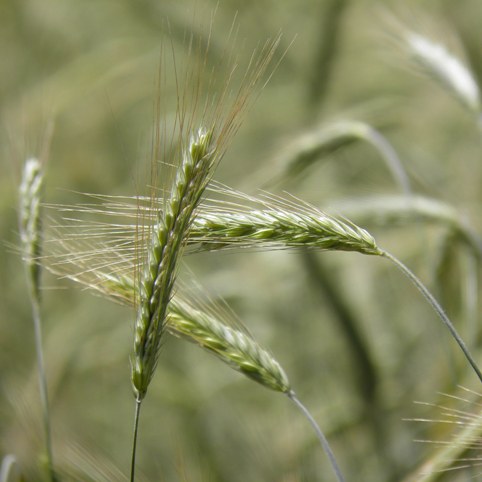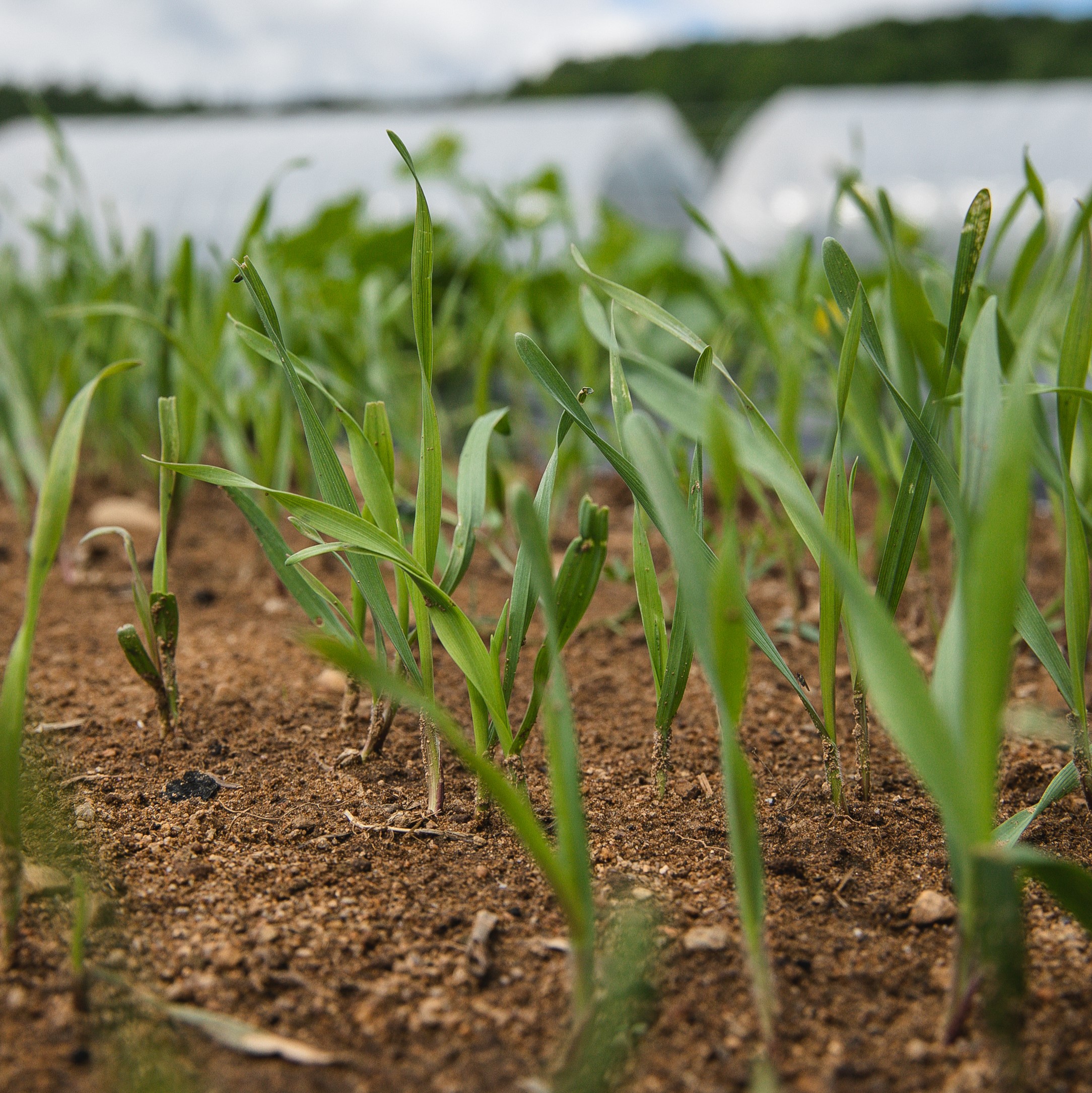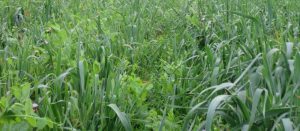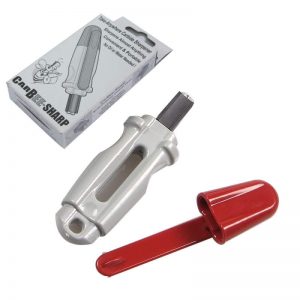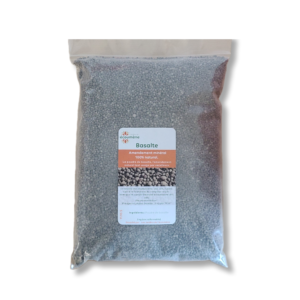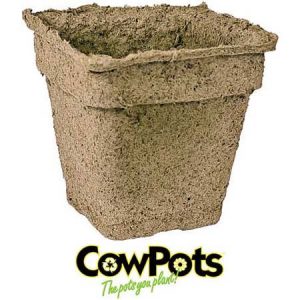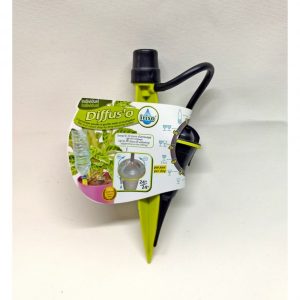Home / Products / Horticultural products / Living soil / Green manures / Rye – Organic
Rye – Organic
8.00$ - 18.00$
When grown as a green manure, rye effectively prevents leaching, protects the soil from wind and water erosion and improves soil structure. We sow it on any free plot. THE Guide to overall management of the marsh farmexpensive organic and diversified* warns, however, against sowing too quickly following the destruction of the rye: “According to field observations, rye that is destroyed in the spring seems to have an allelopathic effect on corn. It is therefore very likely that this effect also exists for certain vegetables. »
*Guide to overall management of the organic and diversified market garden by Bio-Action, Équiterre 2009
Available at the ecoumene only
When grown as a green manure, rye effectively prevents leaching, protects the soil from wind and water erosion and improves soil structure. We sow it on any free plot. THE Guide to overall management of the marsh farmexpensive organic and diversified* warns, however, against sowing too quickly following the destruction of the rye: “According to field observations, rye that is destroyed in the spring seems to have an allelopathic effect on corn. It is therefore very likely that this effect also exists for certain vegetables. »
*Guide to overall management of the organic and diversified market garden by Bio-Action, Équiterre 2009
Description
- Rye has an imposing fibrous root system.
- This biennial variety survives harsh winters and uses soil moisture early in spring for rapid growth.
- The seeds are broadcast on any free plot from the beginning of September to the end of October and germinate in 3 to 6 days (soil temperature between 1 and 20°C).
- The young plants are buried the following spring, 2 to 3 weeks before the vegetable crops are established.
- Their burial is more laborious when they are mowed at their full maturity.
- Seeding rate: 2 kg/100 m2 – 4 lb/1000 ft2




